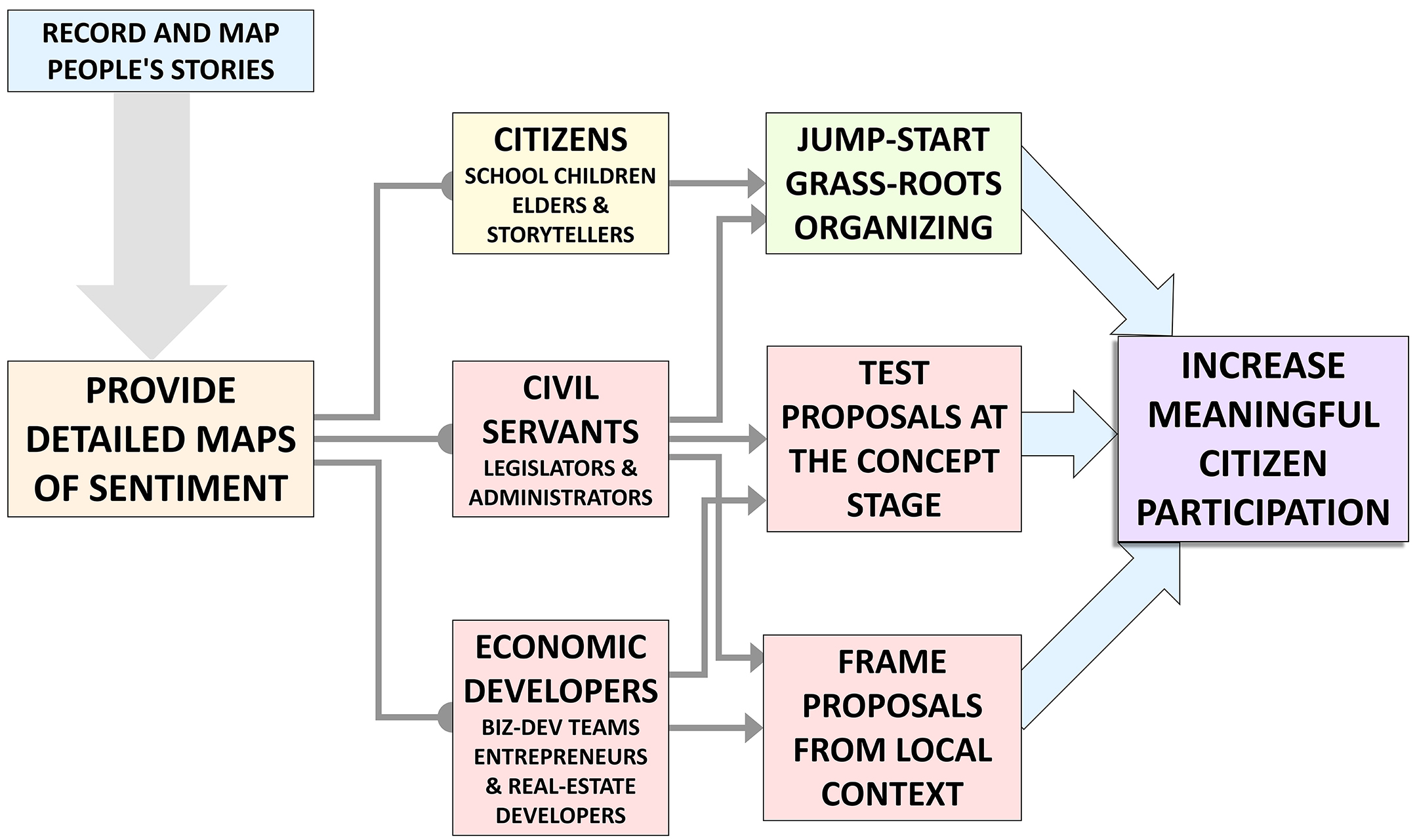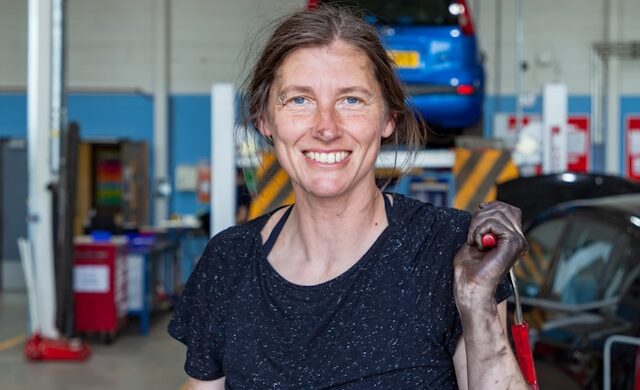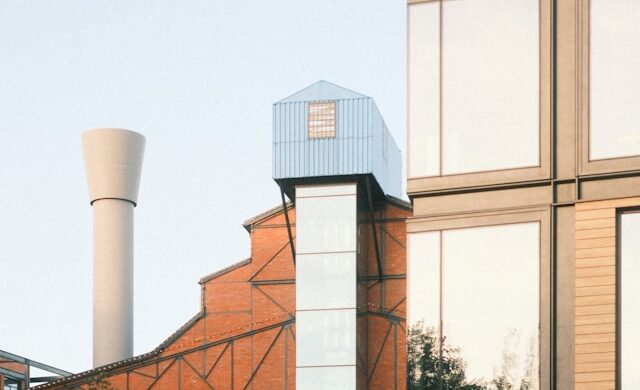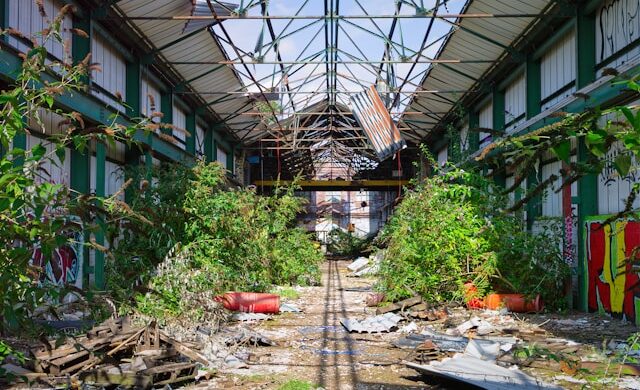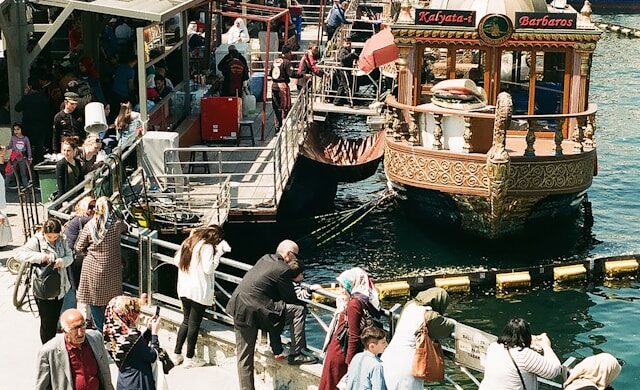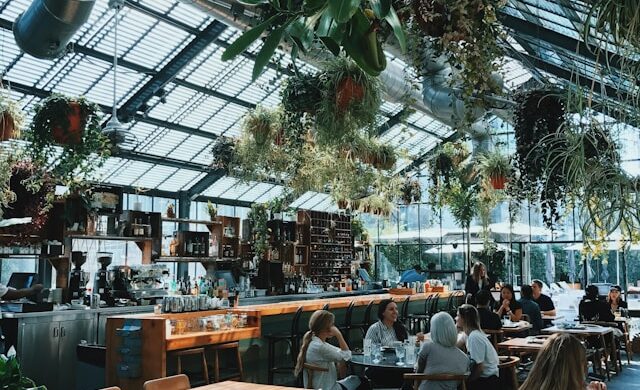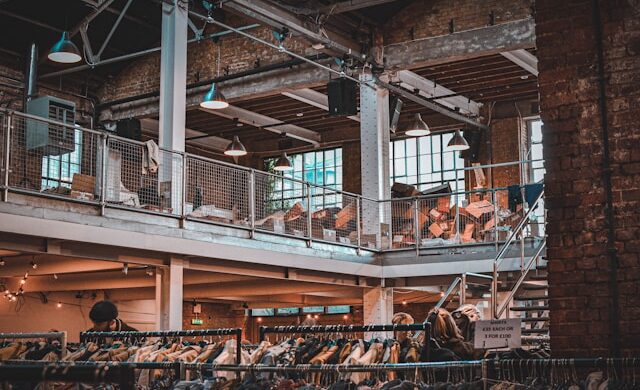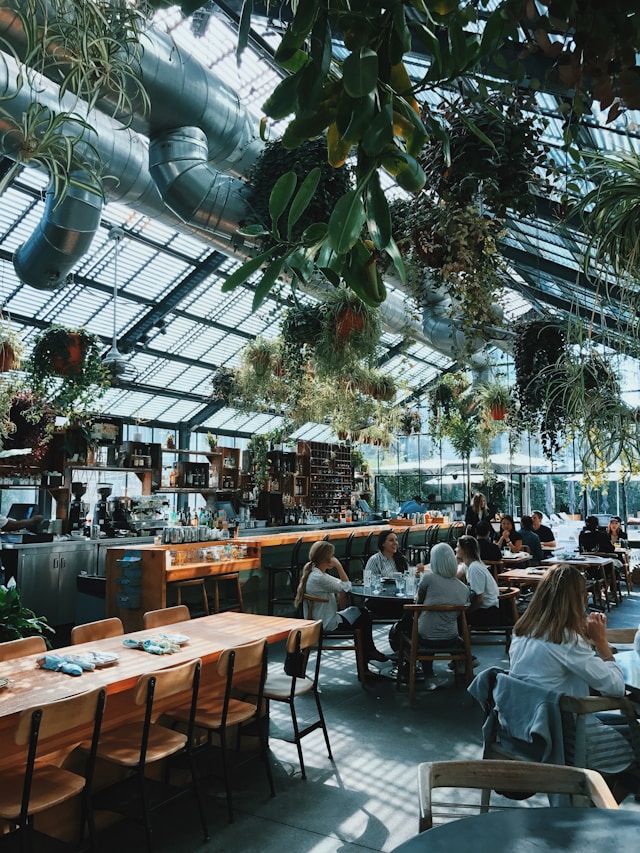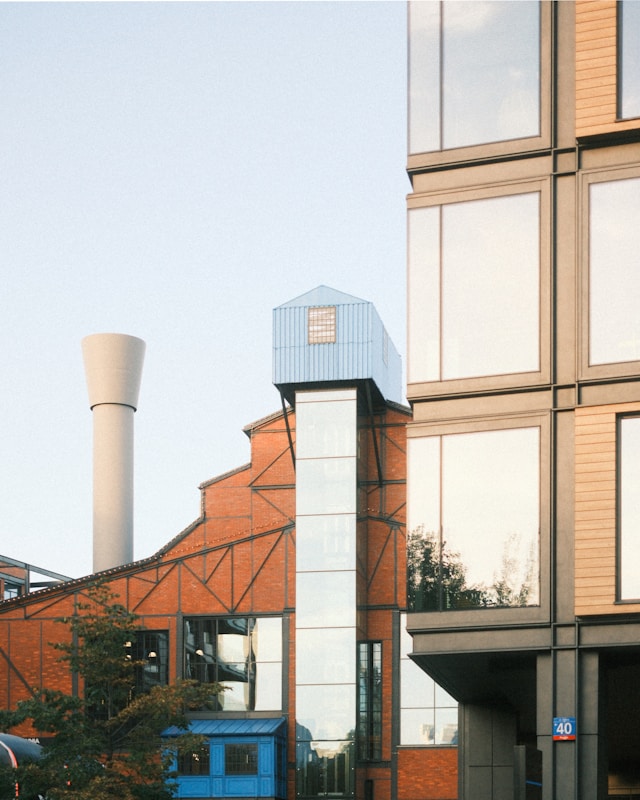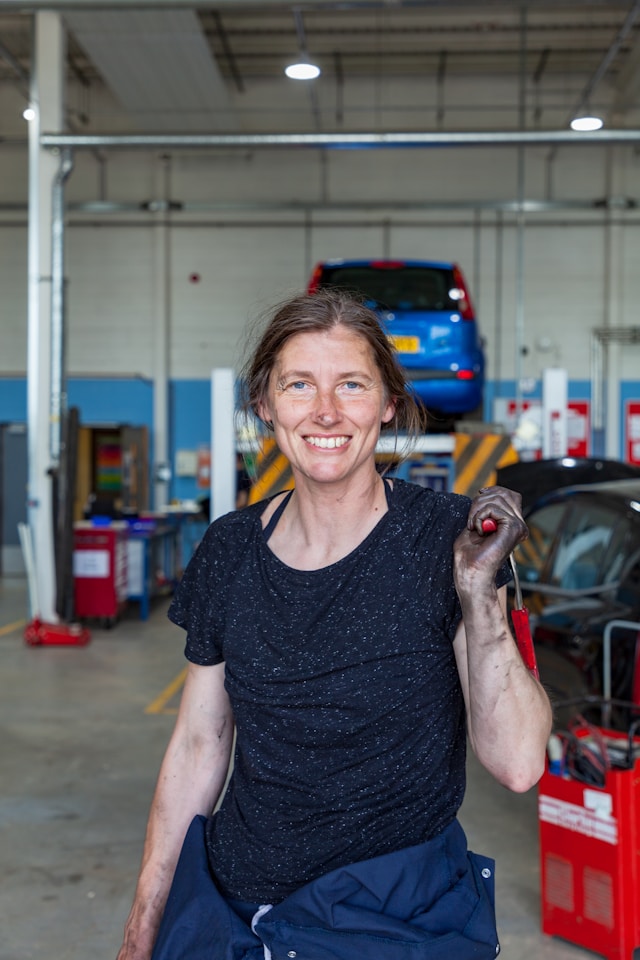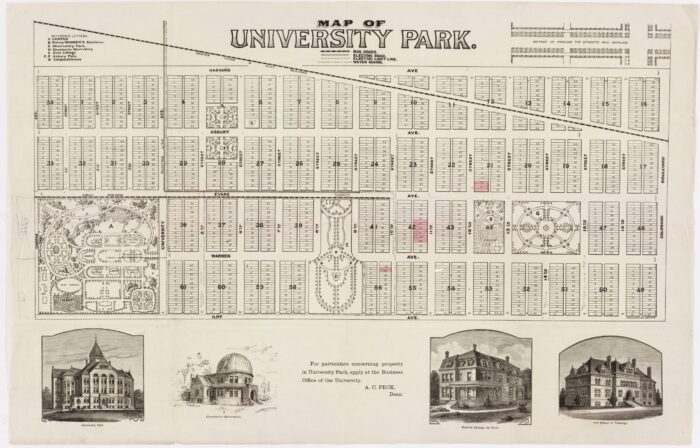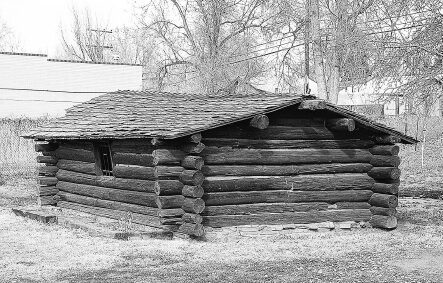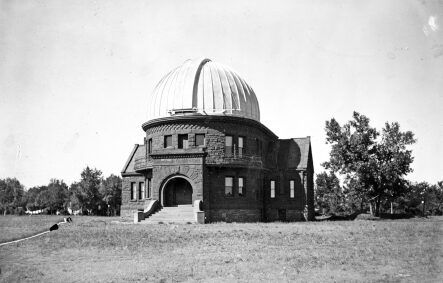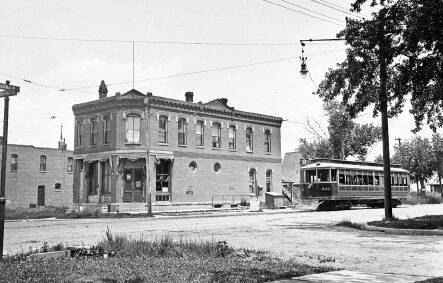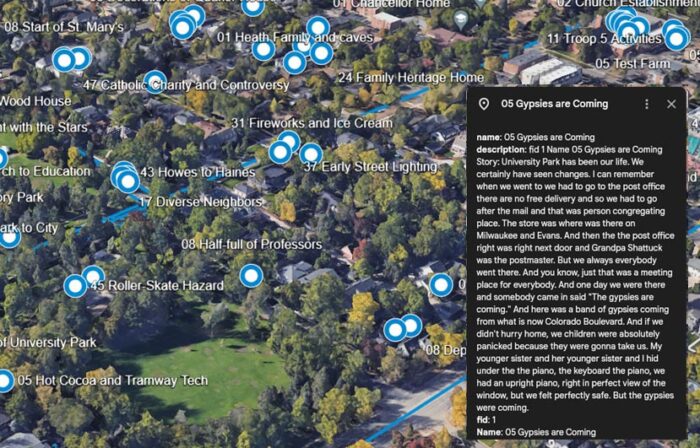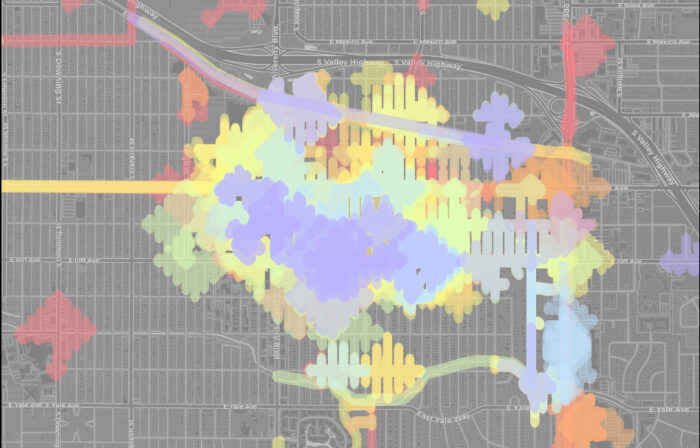Meet Sector Demands with the right Infrastructure—Narrative İnfrastructure
Outcompete Other Centers with your Sense of Place
Help the public you serve by starting from what they already understand:
- Mitigate the risks of community support by knowing the social issues block-by-block.
- When it comes to the final round between city’s with matching capacity and competitive incentive packages, stand out with a plan for long-term continuity with the community sense of place.
- Identify areas of need and natural supporters.
- Identify areas inappropriate for projects.
- Re-frame technical data in presentations to the community in terms they already understand.
Use by Department
Attract the Talent, Attract Good Employers
All sectors need talent, and good talent can be hard to keep with just a decent job. Mitigate the attrition risk by building on the sense of place.
Example Nİ at Denver
Innovation + Community Support = Sustainable Growth
Community Narratives super-charge newcomer integration, and the kids can help!
Help us build
Narrative İnfrastructure at Denver, Colorado:
[advanced_iframe src=”//qgiscloud.com/jasonw/DenverNI_CODES_uploaded/” width=”100%” height=”600″]
How a 13-Year-Old started Narrative İnfrastructure:
Unveiling a Living History: Interactive Archives for Learning
We are thrilled to unveil a pioneering project that transforms historical archives into a dynamic, interactive learning experience. Our team at Narrative İnfrastructure revitalized the Barry Matchett University Park Oral History Collection, a remarkable archive collected by then 13-year-old Barry in 1986.
Audio Archive at D.U.
From Scout Project to Digital Map: Revitalizing Local Narratives
We’ve transformed 15 hours of compelling interviews into a “narrative infrastructure,” mapping 383 unique stories that span six decades of Denver’s history in University Park.
Urban Study Using Stories
Empowering Students, Transforming Communities:
Imagine empowering the children of your community to explore the evolution of their community through the firsthand accounts of its residents, locating each narrative on a digital map. This project not only preserves invaluable historical data but also provides a powerful tool for urban management.
Get the Kids Involved!
Collaboration
Building Narrative İnfrastructure is not complicated, but we need local advocates to motivate educators to make the CHAT MAP workshop a part of their regular semester.
CHAT-MAPs is our school workshop program to build narrative infrastructure. The students collect the stories and we combine them:
-
- Students collect and do basic mapping using their own devices and off the shelf software.
- Narrative İnfrastructure compiles and creates the final, comprehensive neighborhood map (gratis for a limited number of classes per semester, apply early.)
- Narrative İnfrastructure helps teachers involve planners, NGOs, local leaders, and neighborhood associations with the workshop to make the stories the students collect impactful now and into the future.
Nİ Benefits to Eco-Dev Activities
Get the GIS-ready data for helping your community: story data you can overlay with your usual management layers, or stories to ground a presentation or pitch. With robust Narrative İnfrastructure, you can:
-
- Preliminary concept evaluation before community feedback.
- Frame your proposals as extensions of the community’s stories.
- Identify areas of need and natural supporters.
- Identify areas inappropriate for projects.
- Re-frame technical data in presentations to the community in terms they already understand.
Flow of Story-Power
Services We Offer
-
- Training
- Mapping
- Project coordination
- Free continuing education
- Community Engagement Add-on service
- Outreach effort support (planning and marketing materials)
Please fill out the Interest Form:
